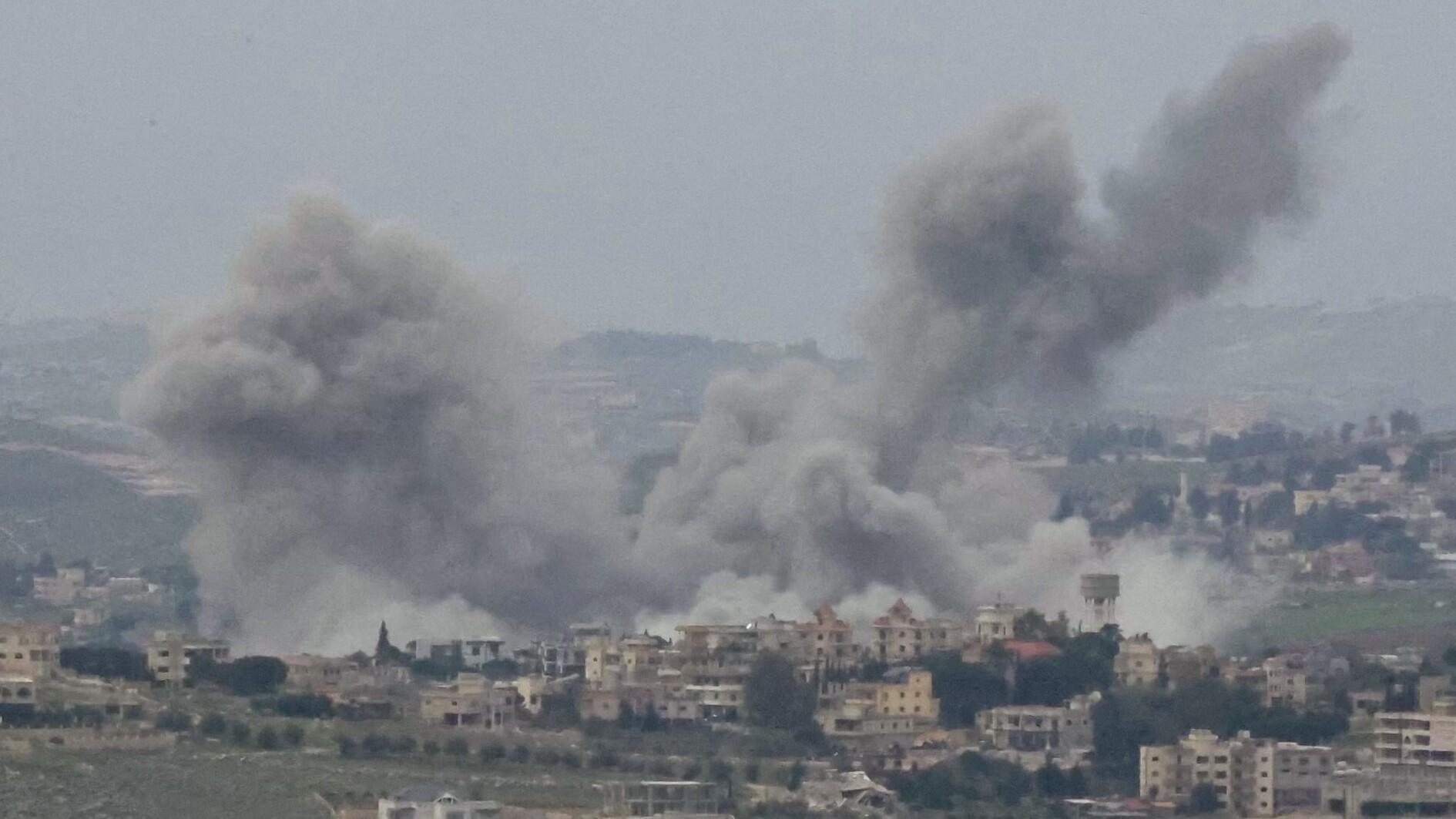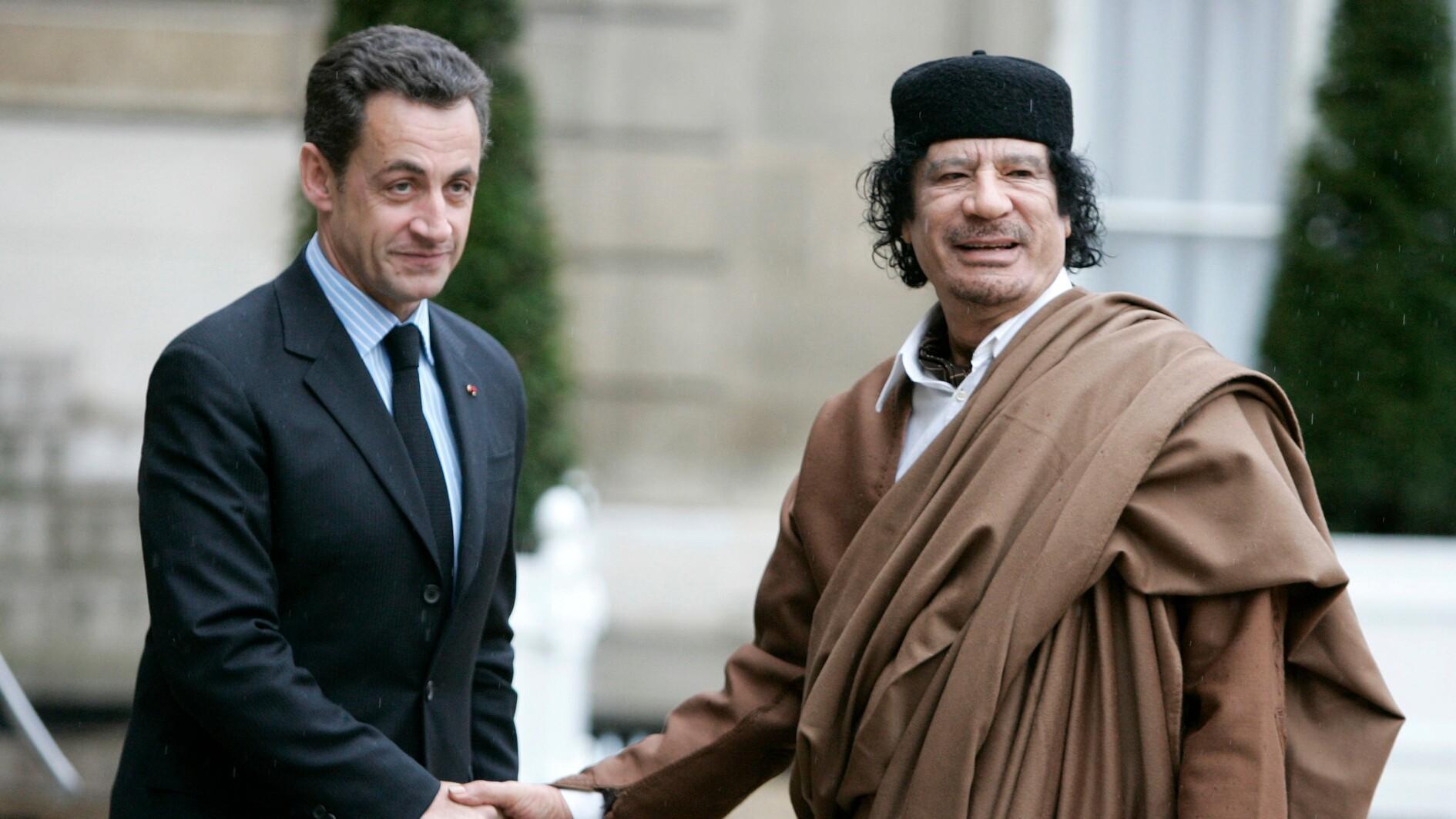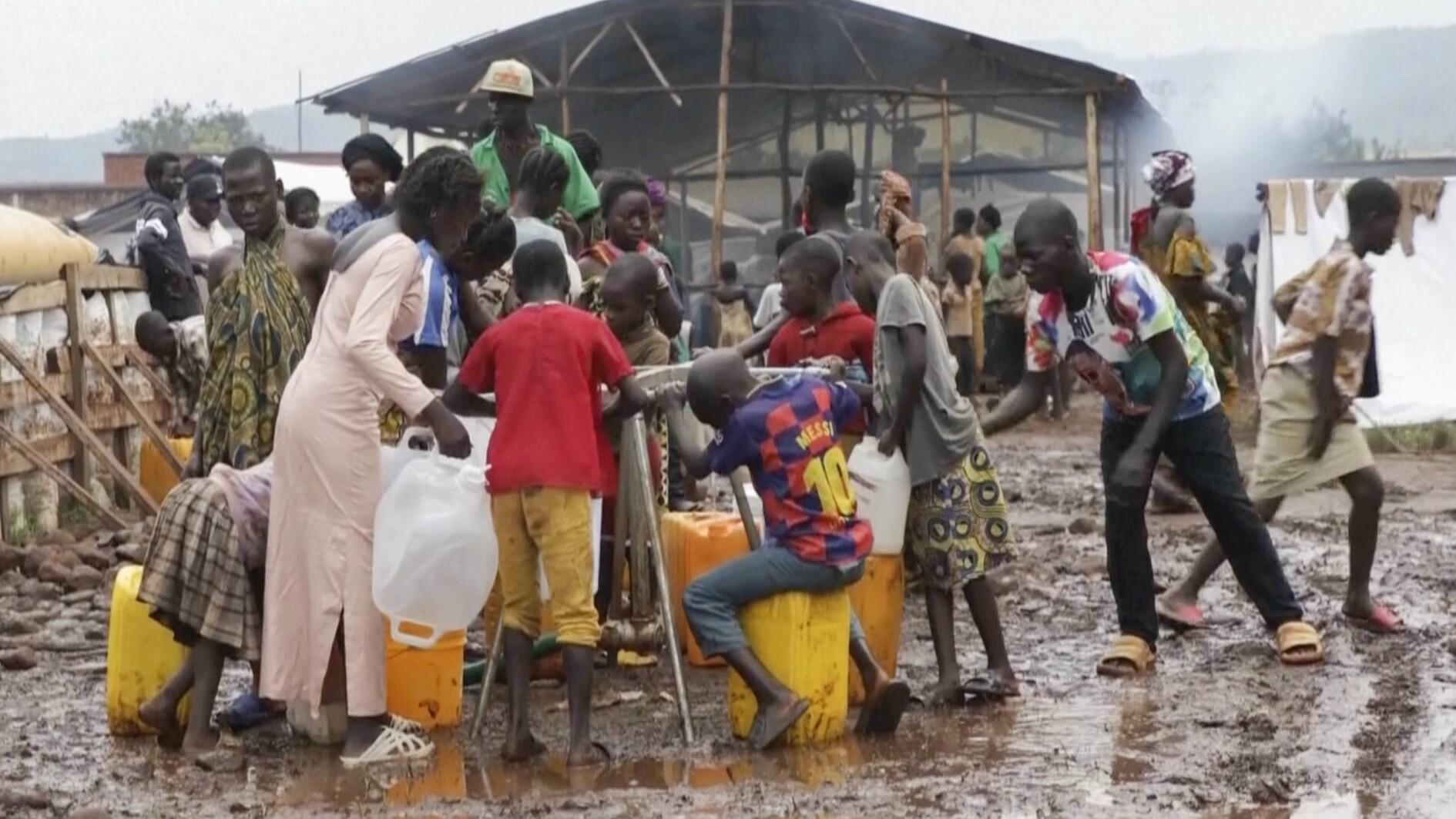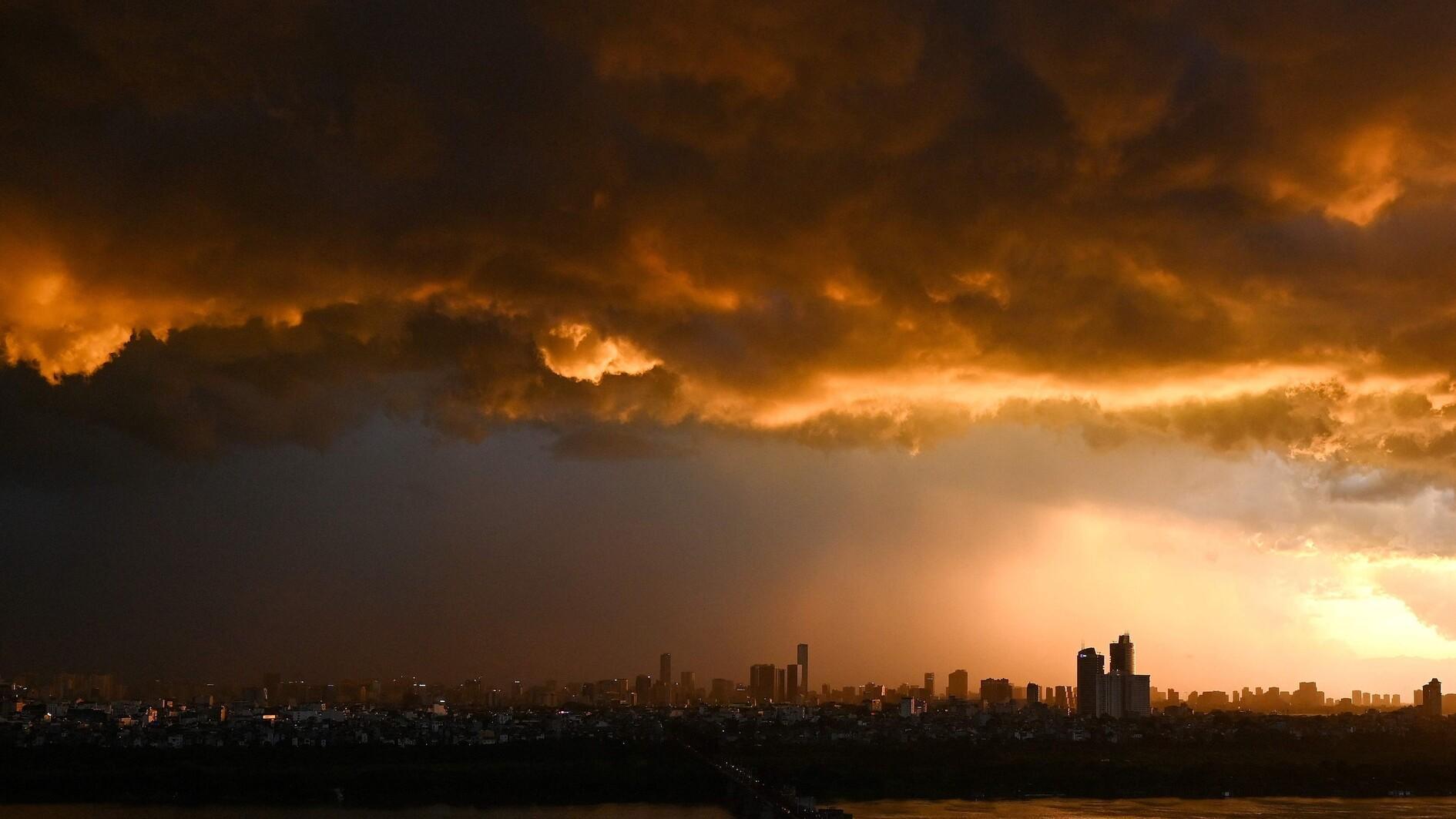Kurdish peace bid allows for rediscovery of prehistorical paintings in Hakkari
VAN - Anadolu Agency

The paintings are located in the Norduz area’s Trişin meadow, located in the southeastern province of Hakkari.
Academics have succeeded in returning to rock paintings dating back 10 millennia for the first time in 54 years after an end to hostilities in the eastern province of Hakkari made it possible to visit the alpine meadow where the art is located.“This place was discovered in 1960 but archaeologists have not come here since then,” said Istanbul University Van Region History and Archaeology Center Director Erkan Konyar.
“After 50 years, an archaeology team visited the area this year for the first time. We are examining the rock paintings. They are very important in terms of the prehistory of the region. They are the earliest examples of rock paintings. They depict mountain goats, wild deer, snakes and humans. The paintings were shaped according to the conditions and needs of the era,” Konyar said.
“Rock paintings indicate that there were settlements here. They are very simple rock paintings made by migrant groups. Chronological examination show that these paintings were artistic creations of people who lived here 10,000 years ago,” the academic said.
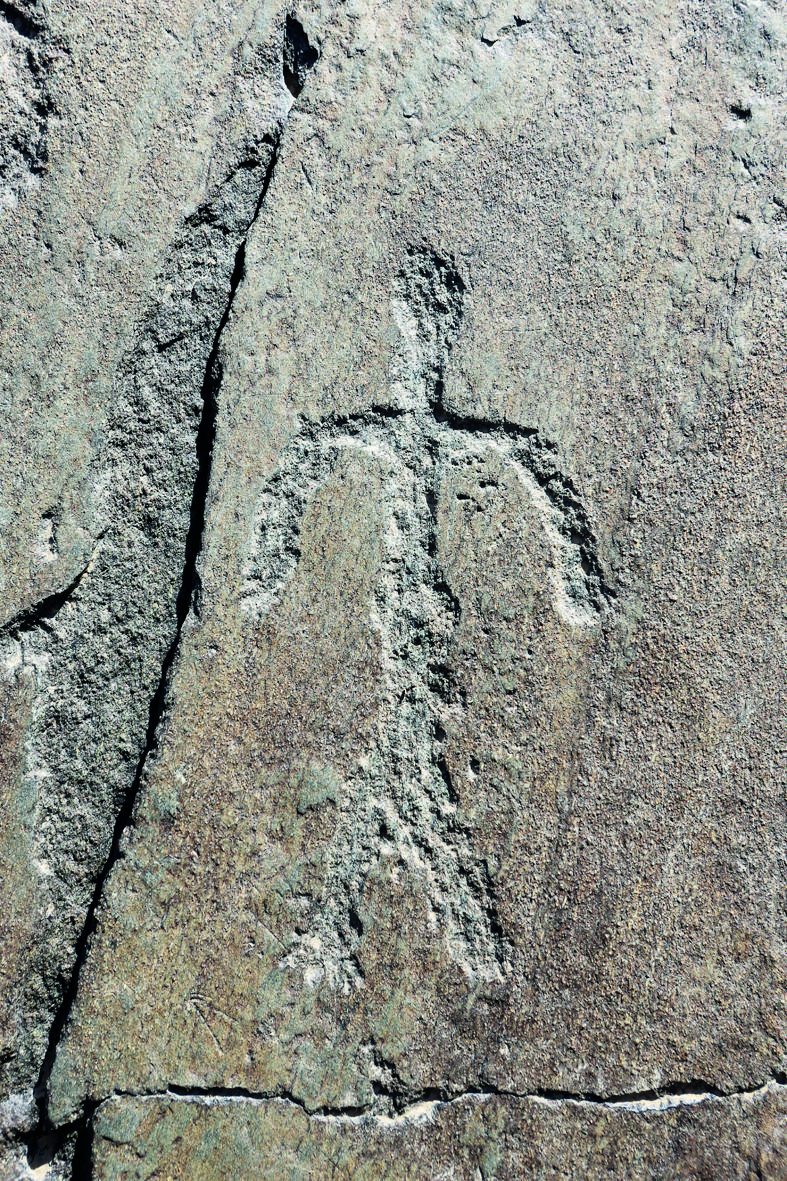 The paintings, which are located in the Norduz area’s Trişin meadow, were inaccessible for 54 years due to fighting between the Turkish military and the outlawed Kurdistan Workers’ Party (PKK). A slow-moving peace process has resulted in an end to active fighting in the area, facilitating the archaeologists’ return to the region.
The paintings, which are located in the Norduz area’s Trişin meadow, were inaccessible for 54 years due to fighting between the Turkish military and the outlawed Kurdistan Workers’ Party (PKK). A slow-moving peace process has resulted in an end to active fighting in the area, facilitating the archaeologists’ return to the region.Konyar, who is working in the region with his own archaeological team in collaboration with the Van Museum Directorate, said the simple paintings made by migrating groups in the region would provide significant data for history.
He said the alpine meadow was located among the mountains, 3,000 meters above sea level.
The region is home to hundreds of rock paintings, some of which are already under protection, he said, while adding that necessary measures should be taken to protect the rest of the region as well.
The rock paintings have been photographed and documented, he said, noting that work would continue in the area.


